Editor’s Note: This story was originally published in The Extinction Issue of our quarterly newspaper, Life & Thyme Post. Get your copy.
Brushing through lanky verdant weeds, crunching bark underfoot, many hikers wouldn’t pay much notice to the dry tumbleweeds consuming the hills outside Los Angeles. In the spring, flower buds of mustard paint the hills gold. The fragrant eucalyptus trees that punctuate the carpet of mustard buds drop leaves dotted with residue from nearly invisible Australian insects. But where an average hiker would see environmental detritus—foreign flora squeezing out native plants—Pascal Baudar sees lunch.
Baudar is a self-professed culinary alchemist and “invasivore” who has spent more than a decade learning wild plants and teaching wildcrafting classes. He crafts haute cuisine dishes focused on invasive plants and so-called weeds. Some of Baudar’s specialties include a paste made from invasive black mustard that is remarkably similar to Japanese wasabi, a molasses of sweet syrup made from pinyon pine branches and white fir needles, a carbohydrate-loaded concoction crafted using the secretions of the red gum lerp psyllid that feeds off eucalyptus trees, wild mushroom sashimi, and pickled wild radishes. And those are just his appetizers.
Pascal makes a variety of beverages—including wild chaparral wine and mugwort beer—accompaniments, sauces and seasonings. He estimates ninety-five percent of his foraged ingredients are invasive plants, and the other fraction he plants and tends in his garden. “These recipes can be done by anybody,” Baudar says. “I’m really not trying to make it fancy.”
His hope is that by eating these weeds, their presence can be reduced and make way for California’s native plant species, requiring fewer pesticides to quell the surgence of foreign plants that squeeze out native ones. “I look at what I do as promoting a reduction of chemicals sprayed in nature,” Baudar says. “And also trying to restore the land using the resources that are there.”
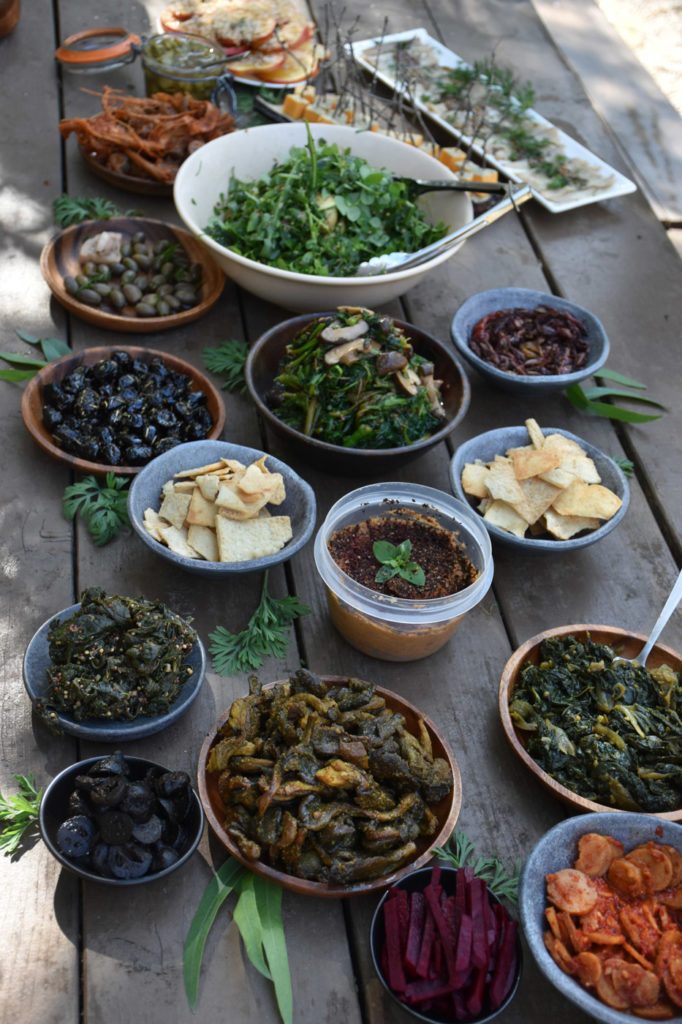
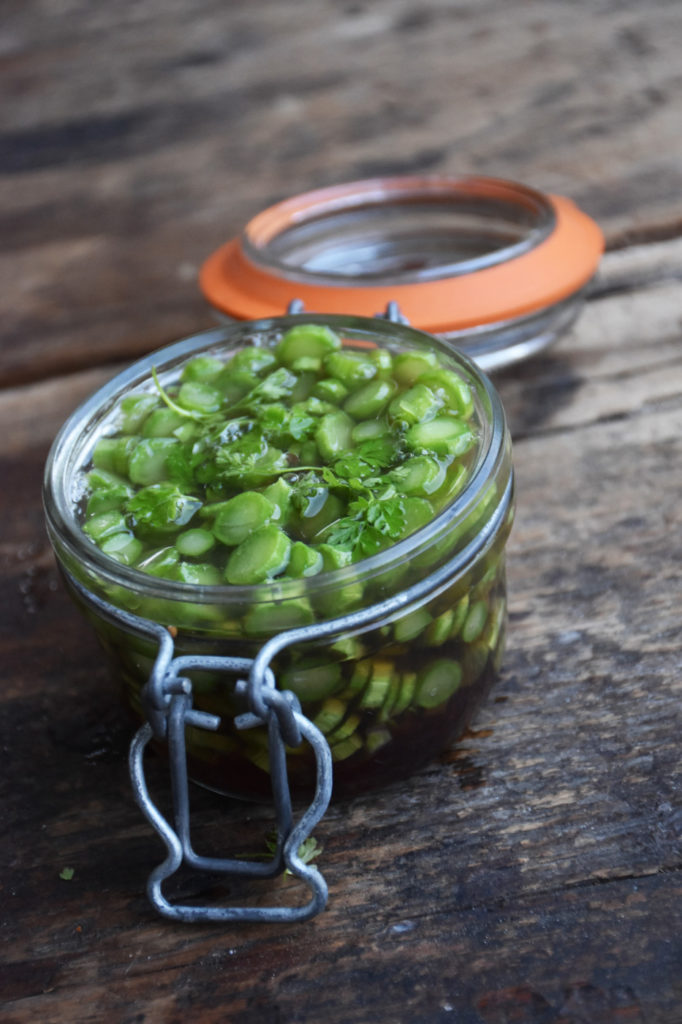


Throughout history, humans have invaded new lands, devouring the animals and plants endemic to the area, at times to their total eradication. At its most destructive, that basic survival instinct and ability to adapt to the available food has come at the price of diversity in native flora and fauna, and permanently reshaped different corners of the earth.
Indiscriminate consumption has a storied place in history, and examples span the globe. Perhaps the most famous instance (although possibly apocryphal), Dutch sailors visiting the island of Mauritius ate the flightless dodo bird to the point of extinction in the 1660s. Early Polynesian explorers are said to have overexploited the resources on Easter Island, leaving the small patch of land largely devoid of towering trees and several types of birds.
Similarly, visitors to the Galapagos Islands drove the Pinta Island tortoise to extinction by hunting them for food and oil with the last tortoise Lonesome George dying in 2012. As recently as the twentieth century, Americans ate turtle soup, passenger pigeon pie, and Ansault pears with such gusto that their populations dwindled. The passenger pigeon and Ansault pear are now relegated to the past; both are now extinct.
Perhaps the only thing that saved the sea turtle from the fate of the passenger pigeon was its inclusion in the Endangered Species Act in 1978, which codified protections for the terrapin in federal law. “Passing legislation is the most effective thing we can do. Even if it’s a challenge to enforce. Having those laws on the books, that’s what this boils down to,” says David Mizejewski, a naturalist at the National Wildlife Federation.
While such laws have spared and helped revive populations at the precipice of extinction, there is more work that needs to be done for those species that remain vulnerable, Mizejewski says. No land-dwelling mammal is left more vulnerable than the pangolin, which is the most trafficked animal in the world. The small animal resembles an anteater and is native to Africa and Asia. Its keratin scales—made from the same material as human hair and fingernails—are purported to contain special medicinal properties and are sometimes used in traditional Eastern medicine. It’s flesh is also thought to be a delicacy in both Asia and Africa.
“They’re so threatened because they have two major hits against them,” says Paul Thomson, the co-founder of Save Pangolin. The desire for pangolins as meat and medicine are likely propelling higher demand at the markets. Because these creatures are disappearing from the wild due to overconsumption, scarcity could be driving more trafficking of pangolins.
Changing behaviors—especially those deeply embedded in culture for generations—is difficult, but with a multi-pronged approach to education, policy changes and enforcement, one of the world’s most endangered species could be saved, Thomson believes. “It’s unacceptable to think we humans could eat something to extinction that’s been on this planet for eighty million years. Especially because we have the power to make that choice,” Thomson says. “We, as consumers, need to pay closer attention to the things we eat and the negative impact we have on our environment.”
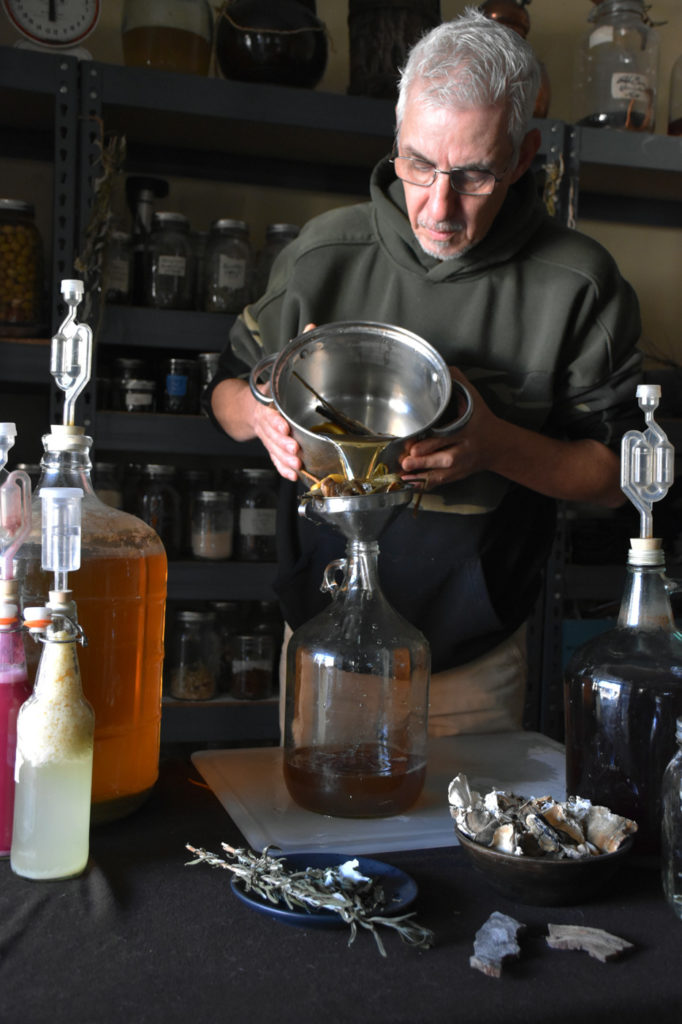
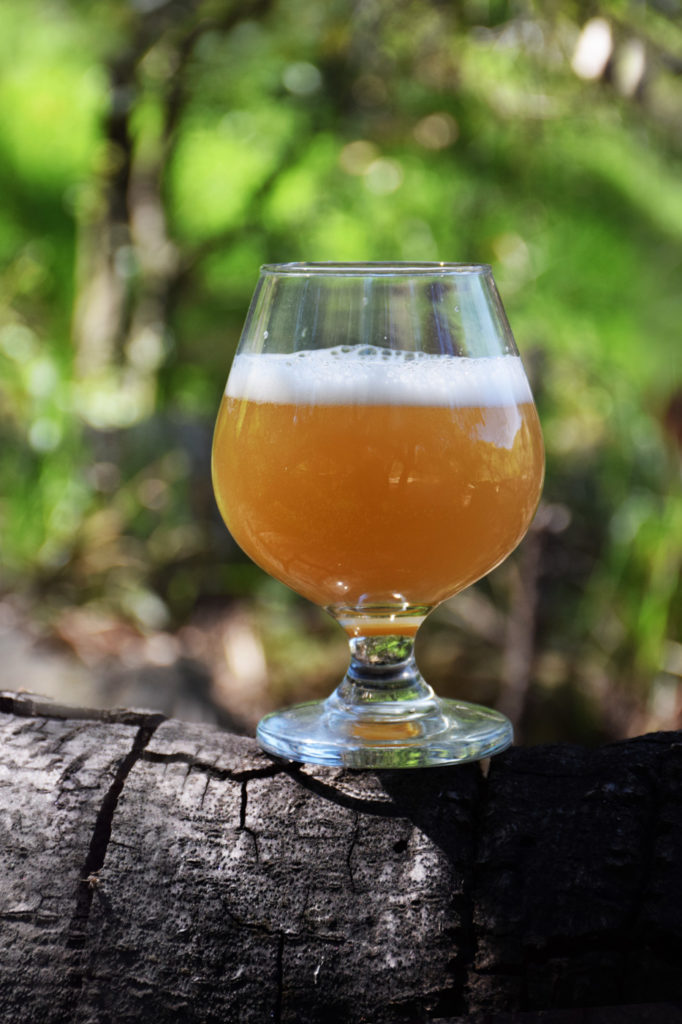
But through a certain lense, this proclivity to eat animals and plants until they disappear—a tendency that has inflicted irreparable environmental damage—can be harnessed to save the environment. Recently, a movement has been started by a disparate group of environmentalists, chefs and wildlife advocates. These invasivores want to harness the human impulse to eat to the point of extinction in order to rehabilitate our open spaces—by eating undesirable plants and animals. It’s a culinary movement that could save the government billions of dollars in the U.S. alone. One report from the Federation of American Scientists estimated fifty thousand non-native species have been introduced to the United States costing various federal U.S. agencies $3 billion in efforts to contain and eradicate invasive species.
These invaders can be introduced accidentally in the ballast water of ships, intentionally by hunters, and abandoned by pet owners setting their wards “free” in nature. Unchecked by nature with no predators to cull their numbers and a supply of ample food, invasive species can grow unchecked in a manner that has been likened to cancer.
In the Midwestern lakes, Asian carp threaten the health of the Great Lakes. Once used to control algae and parasites, these giant fish thrived unchecked and reproduced in abundance. In Puerto Rico, there is a push to eat invasive iguanas that arrived on the island in the 1970s through the pet trade. In the wild these lizards have ravaged farms and caused power outages. With no natural predator and twenty-five years of overpopulation, lionfish have eaten small crustaceans and other fish in the waters around Florida. “There is an effort to promote consumption of lionfish off of Florida waters,” Mizejewski says. “Lionfish originated in the Indian Ocean. They’re a popular aquarium fish, but when people don’t want to deal with their pets anymore, they dump [them].”
And with marine invaders, because they usually start in small numbers and typically go unseen as tiny larvae, they’re particularly difficult to eradicate. A multimillion dollar pest problem for government agencies sometimes starts as a sliver of an aquatic weed floating into novel territory.
That’s where chefs and educators like Baudar come in. He uses the blossoms of mustard plants as a brassica-like substitute due to its sharp, earthy flavor. Later in the season, the mustard goes to seed and those seeds are then used to make coarse-grain mustard along with his homemade vinegars and wildcraft beer. Those invasive Australian insects that leave white residue? Baudar uses them to recreate a popular cereal confection found in most supermarkets.
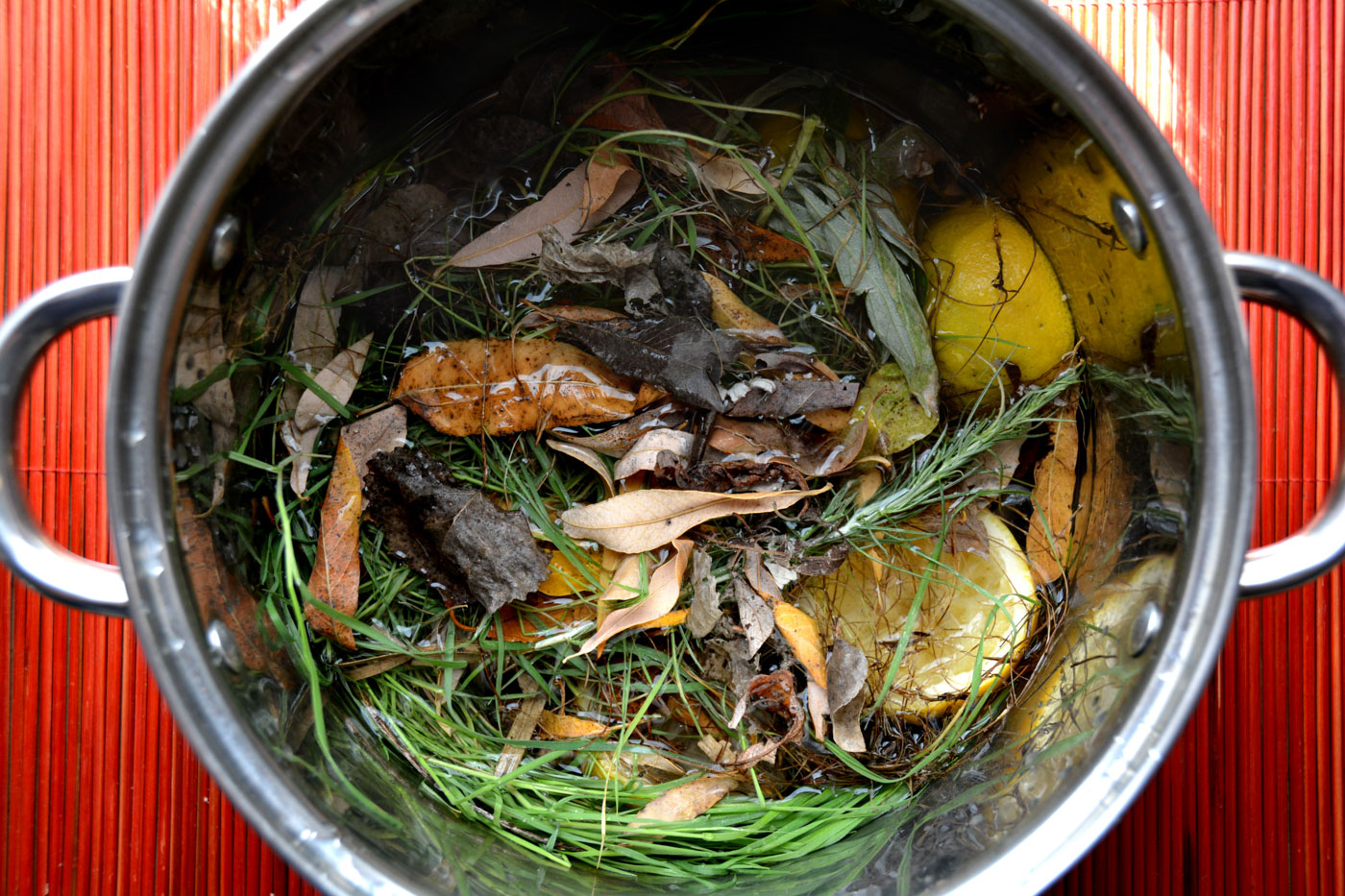
Baudar recently strolled through the forest with novice foragers, a group comprised of city dwellers who work in architecture, food transportation and film. He explained each edible plant within a one hundred-yard radius of where the hikers parked near his land.
Among those in his group of new foragers was Douglas Plantada who recently discovered hiking after moving to Los Angeles from New York. “In the past few years, it’s incredible how much of it I walked past,” says Plantada. “I just classified them all as weeds. I walked past so many things on our hikes and didn’t know what it was. I could have picked it up and taken it home.”
Baudar chose education over working in fine dining or other forms of conservation because he hoped to spread his passion to other naturalists who appreciate food and want to help the environment.
“It was a long process, but I started to see all the food waste, and the pesticide and herbicides sprayed. It’s the biggest food waste in Los Angeles,” he says. “Food can be a positive solution. I’m not making a dent, but my job is to plant seeds in people’s heads. I plant wild seeds in people’s heads.”
Photography provided by Pascal Baudar.





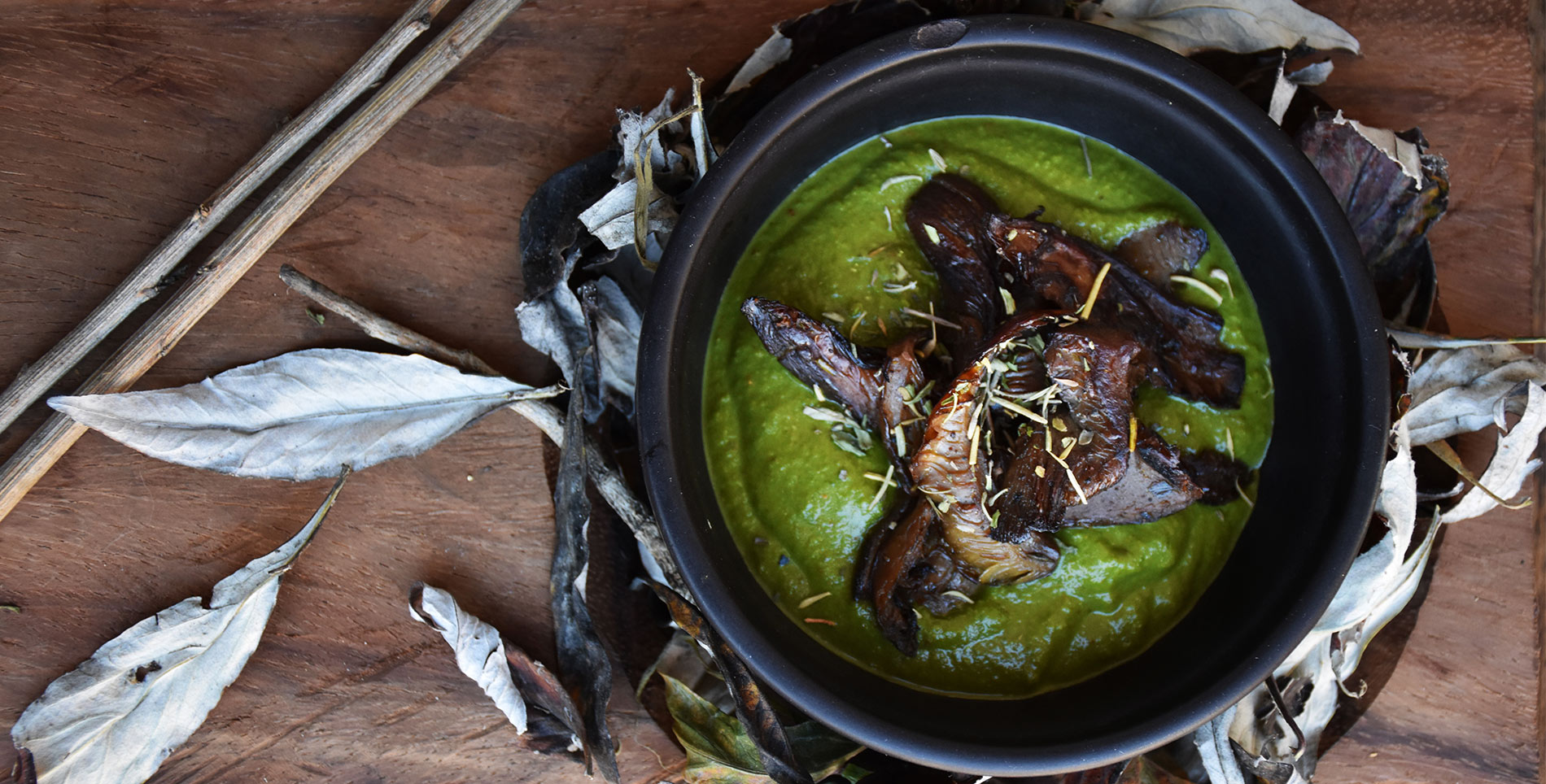

Our comments section is for members only.
Join today to gain exclusive access.